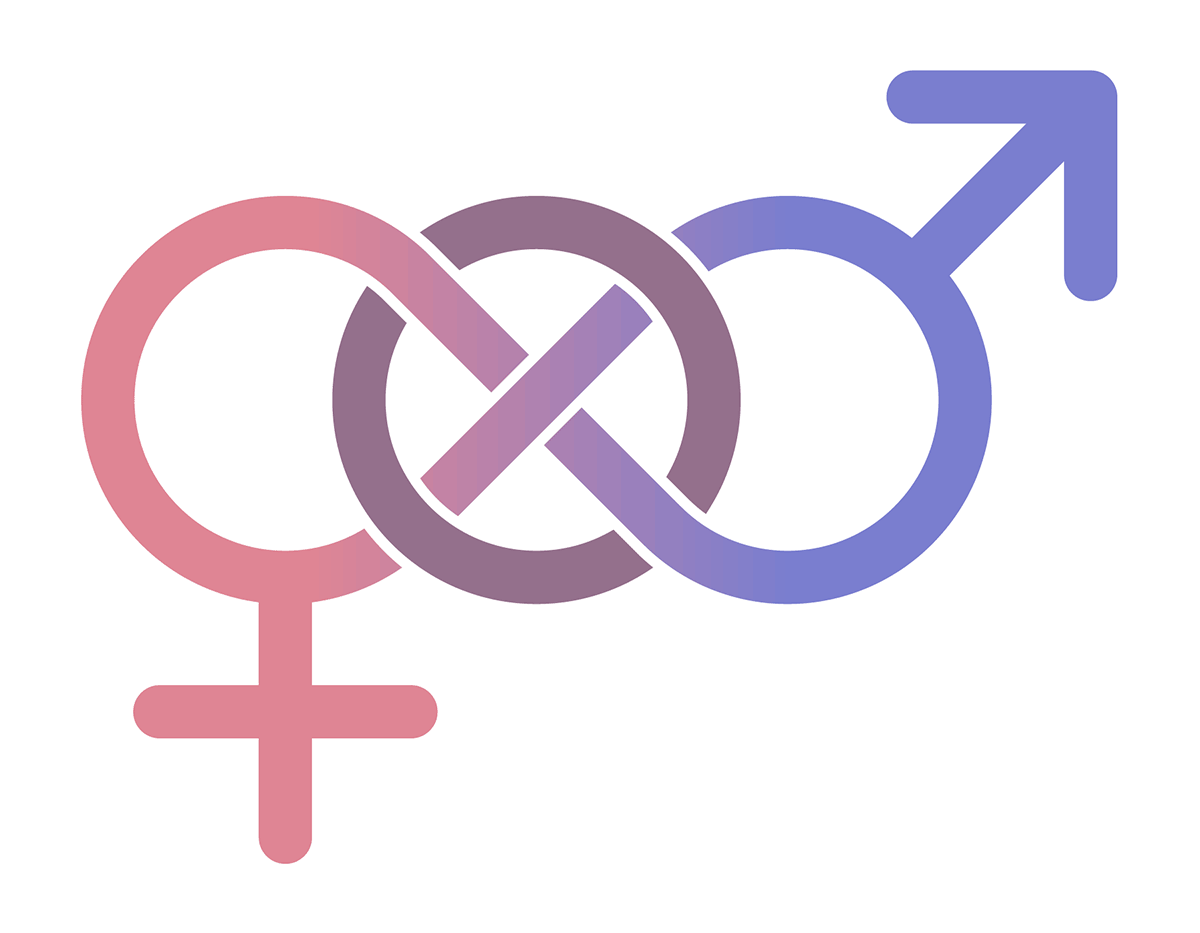Sexual orientation is a complex and multifaceted aspect of human identity. It encompasses the patterns of emotional, romantic, or sexual attraction that individuals experience toward others. This subject not only influences personal relationships but also plays a significant role in societal dynamics, cultural narratives, and individual self-acceptance. The exploration of sexual orientation is essential for fostering understanding and inclusivity within our communities.
As society evolves and becomes more accepting of diverse identities, conversations surrounding sexual orientation have become increasingly important. This article aims to provide an in-depth look at what sexual orientation entails, the different types, and the significance of understanding this core aspect of human identity. By examining sexual orientation, we can better comprehend the nuances of attraction and relationships in various contexts, and promote respect and empathy for all individuals.
The following sections will address common questions about sexual orientation, its implications, and how it interfaces with other aspects of identity. We will explore various dimensions and definitions, as well as personal stories and experiences that highlight the importance of recognizing and respecting sexual orientation in our daily lives.
- Tragic News Justin Beber Death Shocks Fans Worldwide
- Is Bieber Dead Unraveling The Truth Behind The Rumors
What is Sexual Orientation?
Sexual orientation refers to the pattern of emotional, romantic, or sexual attraction one feels towards individuals of the same or different genders. It is not solely defined by the behavior or actions of an individual but is more about their internal experiences and feelings. The most commonly recognized orientations include:
- Heterosexuality: Attraction to individuals of the opposite gender.
- Homosexuality: Attraction to individuals of the same gender.
- Bisexuality: Attraction to individuals of both the same and opposite genders.
- Asexuality: Lack of sexual attraction to others.
- Panssexuality: Attraction to individuals regardless of gender identity.
How is Sexual Orientation Different from Gender Identity?
While sexual orientation and gender identity are often discussed together, they are distinct concepts. Sexual orientation focuses on who one is attracted to, while gender identity refers to an individual's personal sense of their gender, which may be different from the sex assigned at birth. Understanding the difference is crucial for fostering an inclusive environment.
Can Sexual Orientation Change Over Time?
Sexual orientation is generally considered to be a stable aspect of an individual’s identity. However, some people may experience changes in their attractions or identities over time. This fluidity is more commonly recognized in bisexual or pansexual individuals, but it is important to acknowledge and respect each person's experience as valid, regardless of how they may define their orientation at different points in their lives.
- Is Brittney Griner A Real Man Unpacking The Controversy
- Unveiling The Life And Career Of Joely Richardson
What Are the Societal Implications of Sexual Orientation?
Understanding sexual orientation has significant implications for society. Acceptance and recognition of diverse orientations contribute to a more inclusive community, where individuals feel safe and valued. Discrimination based on sexual orientation can lead to mental health issues, social ostracization, and a diminished quality of life. By promoting awareness and education, we can work toward a more equitable society.
How Do Different Cultures View Sexual Orientation?
Perceptions of sexual orientation vary widely across cultures and societies. In some cultures, diverse sexual orientations are embraced and celebrated, while in others, they may be stigmatized or even criminalized. Understanding these cultural differences is vital for fostering global awareness and empathy. Some cultures have their own unique sexual identities and relationships that challenge Western norms, illustrating the rich diversity of human experience.
What Role Does Media Play in Shaping Perceptions of Sexual Orientation?
Media representation plays a crucial role in shaping societal perceptions of sexual orientation. Positive and accurate portrayals of LGBTQ+ individuals can promote acceptance and understanding, while negative portrayals can perpetuate stereotypes and stigma. Diverse representation in film, television, literature, and other forms of media can help normalize different sexual orientations and contribute to societal change.
Personal Story: Biography of a Notable LGBTQ+ Figure
To illustrate the importance of understanding sexual orientation, let’s take a closer look at the life of a notable figure in the LGBTQ+ community.
| Name | Harvey Milk |
|---|---|
| Date of Birth | May 22, 1930 |
| Occupation | Politician and Activist |
| Date of Death | November 27, 1978 |
| Significant Contributions | Advocated for LGBTQ+ rights and was one of the first openly gay elected officials in the U.S. |
Harvey Milk was a pioneering figure in the fight for LGBTQ+ rights in the United States. As one of the first openly gay elected officials, his work in the San Francisco Board of Supervisors brought attention to the struggles faced by LGBTQ+ individuals. Milk's legacy continues to inspire activism and advocacy for sexual orientation rights, highlighting the importance of representation and acceptance in society.
What Can We Do to Support LGBTQ+ Rights and Acceptance?
Supporting LGBTQ+ rights and acceptance requires active engagement and advocacy. Here are some actions individuals can take:
- Educate Yourself: Learn about different sexual orientations and the challenges faced by LGBTQ+ individuals.
- Stand Up Against Discrimination: Speak out against homophobia and discrimination in your community.
- Show Support: Attend pride events, support LGBTQ+ organizations, and amplify LGBTQ+ voices.
- Be an Ally: Listen to and support your LGBTQ+ friends and family members.
Conclusion: Embracing Diversity in Sexual Orientation
Sexual orientation is a vital aspect of human identity that influences relationships, self-acceptance, and societal dynamics. By understanding and respecting the diverse orientations that exist, we can create a more inclusive and empathetic world. Embracing diversity in sexual orientation is not just about acceptance; it is about celebrating the richness of human experience and fostering a community where everyone can thrive.
- Britney Griner Man Or Woman Understanding The Complex Identity Of A Basketball Star
- Unraveling The Mystery Is Britney Grinet A Man
/colorful-polygonal-people-sketches-158821415-5b1a9d3b04d1cf003c9382d3.jpg)

